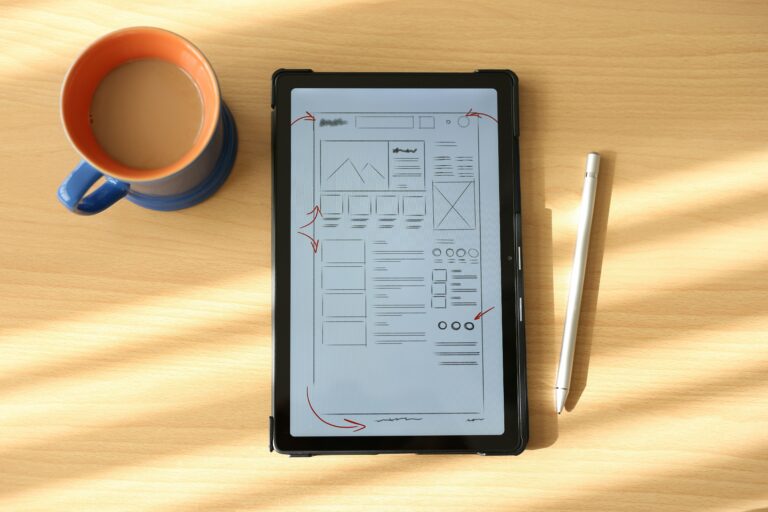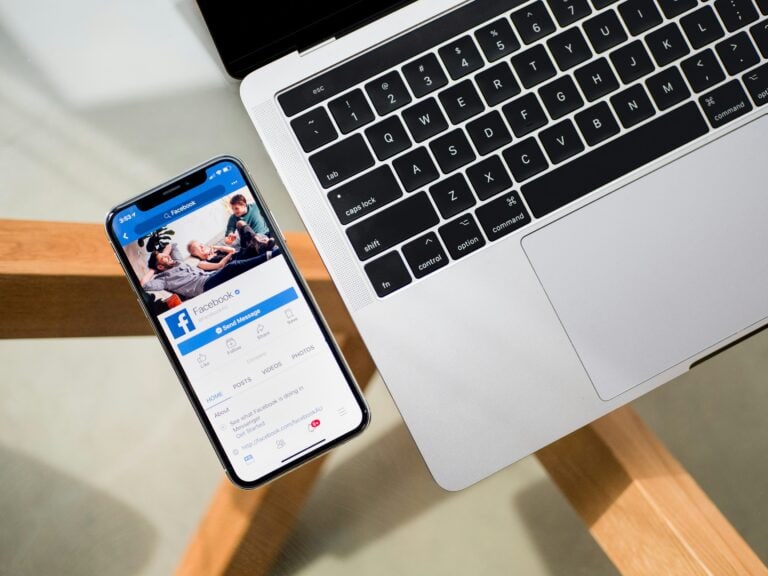Interim User Experience Designer FAQs
- What does an Interim User Experience Designer do?
- An Interim UX Designer designs software and platforms that meet customers needs. This role requires knowledge and experience of combining interfaces and workflows to enhance the customer experience, using analytics to understand customer pain points and creativity to solve user problems.
- Is an Interim UX Designer highly paid?
- In today’s market, a day rate of £500 to £600 would be expected at a User Experience Designer level.
- What is the difference between an Interim UX Designer and an Interim UX Lead?
- An Interim UX Designer primarily focuses on executing design tasks such as wireframing and prototyping, collaborating closely with the team, while a Interim UX Lead takes on a strategic role, guiding projects, making high-level decisions, and mentoring the team to ensure alignment with business goals.
- Why hire an interim UX designer instead of a permanent one?
- To quickly fill a critical UX gap during hiring freezes, team transitions, parental leaves or peak project periods, ensuring design continuity without long-term commitment.
- How long does an interim UX designer usually stay?
- Typically 3 to 6 months, though contracts can range from a few weeks to a year, depending on project scope and hiring timelines.
- Does an Interim UX Designer need onboarding like a permanent employee?
- Yes, but the onboarding is typically lean and focused on quick immersion. They’re used to hitting the ground running.



